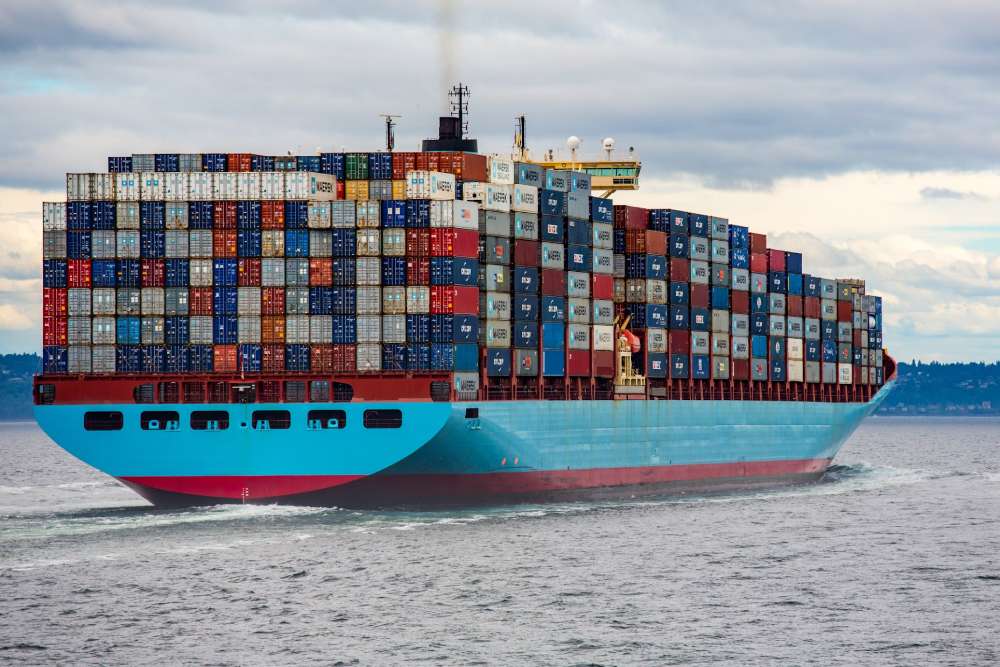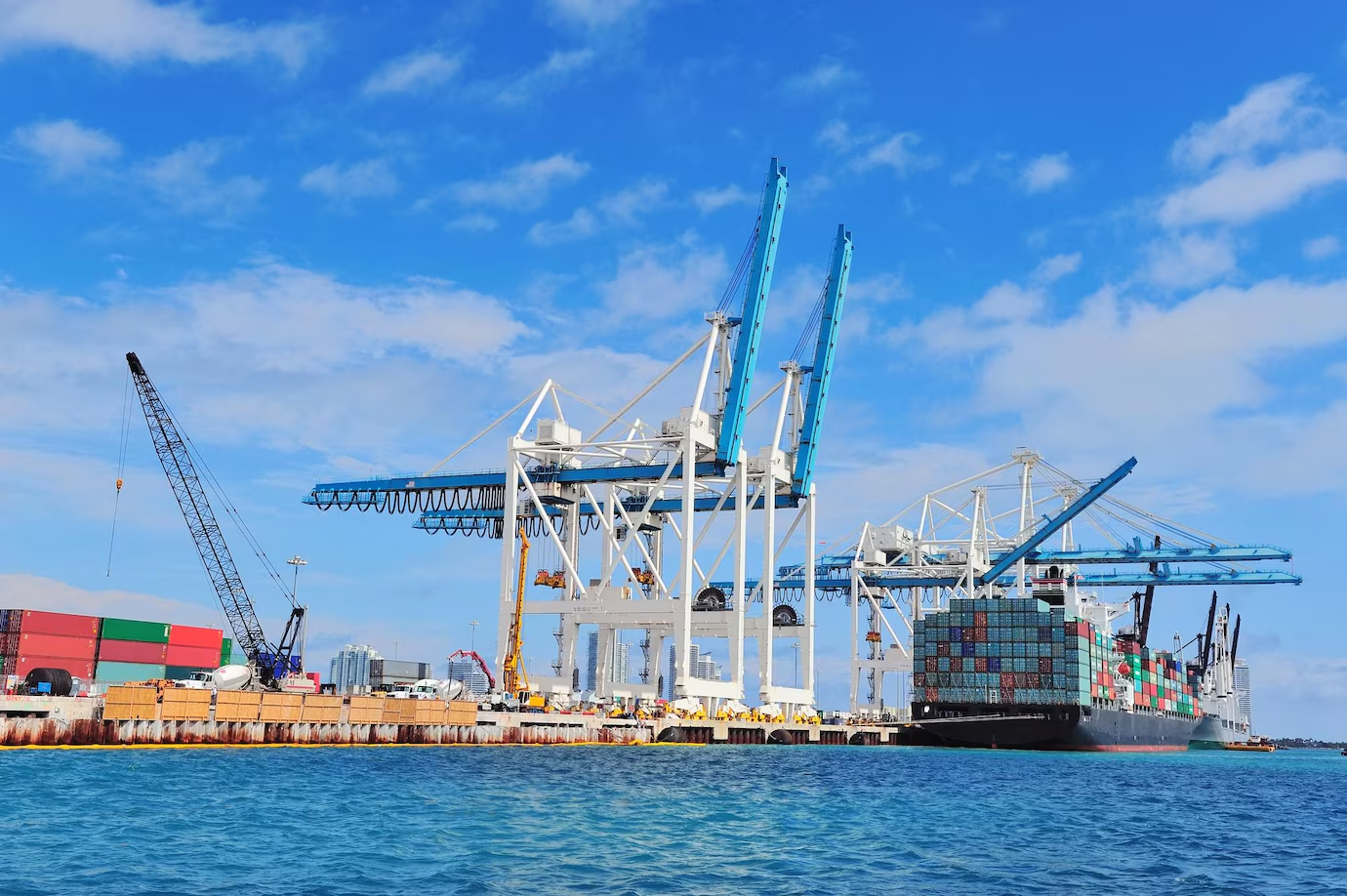As the year 2025 is only less than three months away, experts in the shipping industry have made several predictions on how the industry will fare next year.
Factors including economic forecasts, geopolitical tensions, technology automation, and others may push businesses and retailers to adapt accordingly.
With this in mind, let’s see how the shipping industry will probably take shape in 2025.
Air Freight Trends in 2025

Economic Conditions and Regional Imbalances
Experts predict the global economy’s performance will expand by 3.2% in 2025, which can directly impact the air freight industry.
However, not every region can enjoy this sizable increase in economic performance. Due to robust consumer demand, experts predict the United States will continue growing steadily while Europe may see slower development as inflation and economic difficulties’ effects become more apparent.
Because of significant geographical differences, air freight firms must modify their tactics to focus on developing other sizable markets like Southeast Asia, the Middle East, and India.
These regions may evolve into critical trade hubs as they experience rising industrial output and increased participation in global supply chains.
Capacity Constraints
The ongoing imbalance between supply and demand is one of the air freight industry’s biggest problems.
The continuous retirement of aging cargo planes and the delays in the delivery of new aircraft due to labor shortages and supply chain interruptions are contributing factors to this problem.
Airlines’ greater emphasis on passenger services also complicates this problem since it restricts the amount of belly cargo space available on commercial flights.
The combination of limited capacity and strong demand is anticipated to cause ongoing pricing pressures and unpredictable rates for businesses that depend on air freight.
Long-term agreements with freight providers can help businesses overcome these obstacles by guaranteeing them access to cargo space, even during periods of strong demand.
Businesses can also explore alternate freight and trade routes to diversify their logistics plans and anticipate reduced access to usual trade routes.
Geopolitical Tensions and Fuel Price Volatility
Geopolitical conflicts involving major oil producer countries like Russia may induce sudden fuel price spikes in 2025. Once the price spikes, shipping costs using land and freight transportation means can increase significantly.
Other ongoing geopolitical conflicts like the current Red Sea crisis and increasing tensions in the Middle East region can contribute to frequent backlogs and tariff increases. If the conflict recedes by 2025, cargo ships previously passing the Cape of Good Hope might return to using the Suez Canal as per trends before 2023.
Other events with global implications, such as labor strikes like the most recent International Longshoremen’s Association (ILA) dispute in the United States, could disrupt marine and aviation freight operations. Due to the 2024 ILA strike, cargo was temporarily moved from the ocean to the air, which increased the demand for and cost of air freight.
By incorporating flexibility into their logistical processes and implementing tactics like fuel hedging to guard against fluctuating prices, businesses may get ready for such disruptions.
Also Read: Choosing Between Truck vs. Train Shipping During Peak Season
Ocean Freight Trends in 2025

Environmental Regulations and the Push for Decarbonization
Pressure to decarbonize the shipping sector by global environmental standards is growing. To lessen shipping’s environmental effects, the International Maritime Organization (IMO) plans to implement stricter emissions regulations by 2025.
Adopting energy-efficient ship designs and using alternative fuels like liquefied natural gas (LNG) are two examples of cleaner technologies that should be heavily invested in to comply with these rules.
In addition to meeting legal requirements, shipping businesses that proactively lower their carbon footprint will also gain a competitive advantage as clients look for partners who share their commitment to the environment.
If businesses don’t adjust to these trends, they can risk fines, increased operating expenses, and damage to their brand.
Digitalization and Automation
In 2025, digital transformation will be crucial to the further development of ocean freight technologies. Increased efficiency, transparency, and resilience in global supply chains will become possible using technologies like blockchain, artificial intelligence (AI), and the Internet of Things (IoT).
By streamlining port operations, easing traffic, and offering real-time shipment status information, these technologies assist companies in making quicker, better decisions.
For instance, procedures like cargo booking, tracking, and documentation can be streamlined by digital platforms that combine data from several stakeholders, including shipping lines, port authorities, and customs agencies.
In addition to lowering the possibility of human error, automating repetitive jobs will increase freight management’s speed and precision.
Port Congestion and Infrastructure Investment
An ongoing problem in international shipping is port congestion, which worsens by rising trade volumes and dilapidated infrastructure in many areas.
Governments and businesses are responding by significantly investing in port renovation initiatives to boost port operations capacity and lessen congestion.
The industry expects many important seaports to open enlarged infrastructure by 2025 with improved capacity to handle bigger ships and more cargo.
Businesses can diversify their shipping routes and think about using subsidiary ports, which are less crowded yet provide efficient handling and communication, to prevent delays brought on by traffic at big hubs.
Companies can also improve their ability to handle interruptions and prevent expensive delays by working with logistics companies that provide end-to-end visibility over freight movements.
Also Read: How Do ESG Trends Impact Shipping Container Business?
Strategies for Success in the 2025 Market

Businesses should concentrate on creating adaptable, robust, and sustainable supply chains by implementing the following strategies to sway the market in their favor:
Diversification of Suppliers and Logistics Partners
Businesses can reduce the risks of economic downturns, capacity shortages, and geopolitical disruptions by sourcing from several areas and working with various logistics providers.
Creating backup trade routes and transit options will also provide extra choices in case something goes wrong in your freight schedule.
Investment in Technology and Automation
In 2025, businesses that invest in state-of-the-art technologies will be better able to handle the challenges of international shipping.
Businesses can optimize their logistics networks, cut expenses, and react swiftly to disturbances using robust digital solutions with real-time visibility and predictive analytics features.
Additionally, automating manual operations can increase productivity and lower the chance of delays.
Sustainability Initiatives
Companies that embrace sustainability will have a competitive edge as the shipping sector continues to face pressure to lessen its environmental effects.
This includes switching to cleaner fuels, planning routes with less fuel consumption, and participating in carbon offset schemes. Businesses can attract more environmentally aware investors and customers by presenting themselves as environmentally-conscious entities.
Conclusion
Being always aware of the current and future trends goes a long way in helping your business prosper in the short and long terms. To keep your items and products safe during shipping, using the best shipping containers from Tradecorp is an insightful business decision. Made from top-of-the-line Corten steel, Tradecorp’s shipping containers provide unmatched protection for items during important business operations. Fill out our quote form and we’ll find the best container to protect your cargo anytime during the shipment!

